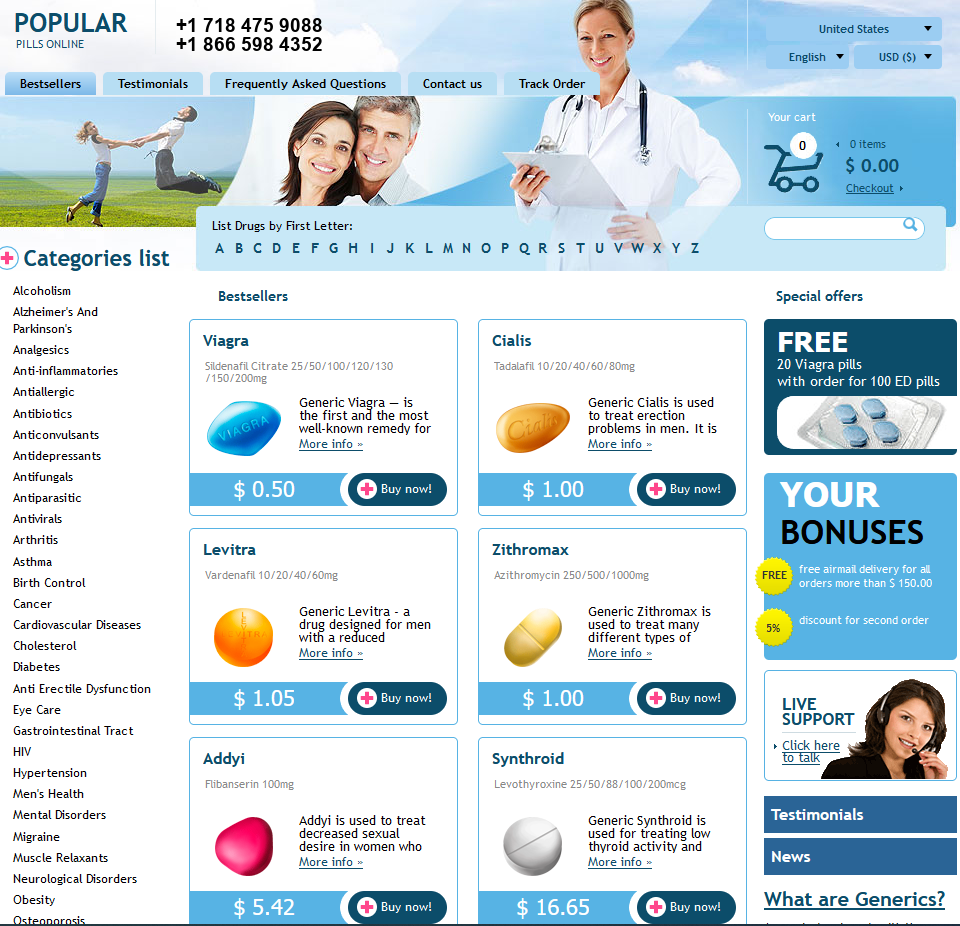 Keflex and Allergies: What Patients Should Know
Keflex and Allergies: What Patients Should Know
Understanding Keflex: What It Is and Its Uses
Keflex, also known by its generic name, cephalexin, is a powerful antibiotic belonging to the cephalosporin class. It works by interfering with the formation of the bacterial cell wall, leading to cell death. Keflex is frequently prescribed to treat a wide array of bacterial infections such as those affecting the respiratory tract, skin, ear, bone, and genitourinary system. Its effectiveness against numerous common infection-causing bacteria makes it a staple in infection management. Despite its widespread use, it’s crucial for patients to understand how Keflex functions, ensuring its proper application and effectiveness. Below is a table illustrating some of Keflex’s primary uses and forms.
| Form | Common Uses |
|---|---|
| Capsule | Respiratory infections, skin infections |
| Liquid | Ear infections, urinary tract infections |
Common Allergic Reactions Linked to Keflex

When taking Keflex, understanding potential allergic reactions is crucial. Some patients may experience mild skin irritations like rashes or hives, which can be uncomfortable but are generally manageable with prompt medical advice. It’s essential to stay vigilant for these symptoms, as they could be the body's way of signaling an adverse response to the medication.
In more severe cases, individuals might notice signs such as swelling of the face, lips, or tongue, which can indicate a more serious allergic reaction. This can escalate quickly into difficulty breathing or swallowing, requiring immediate medical attention. Identifying these symptoms early can prevent serious health complications.
To truly benefit from Keflex while minimizing risks, being informed about these common allergic manifestations is key. Early detection and quick response can significantly improve your overall treatment experience.
Recognizing Severe Allergy Symptoms Immediately
When navigating the world of medications like Keflex, understanding severe allergic symptoms can be life-saving. Imagine a sudden rush of hives spreading across your skin, accompanied by an alarming swelling of the face, lips, or throat—these are not just subtle cues; they’re urgent signals that demand immediate attention. Keep an eye out for any difficulties in breathing or a sudden drop in blood pressure, which might cause dizziness or fainting. These symptoms can escalate quickly, leading to anaphylaxis, a severe, potentially fatal reaction.
Swift recognition is crucial, as the body’s response can intensify in minutes. Knowing what to watch for empowers patients and caregivers to act decisively. Always have an emergency action plan ready, and don't dismiss sudden changes while taking Keflex. Your awareness could make all the difference.
Preventing Adverse Reactions: Tips and Precautions

Navigating the landscape of medication like Keflex requires careful attention to potential allergic reactions. Stay vigilant by keeping a detailed medical history handy, noting any past allergies or treatment reactions. Before starting Keflex, discuss with your healthcare provider any known allergies to cephalosporins or penicillin, as these may increase risk. Always start with a lower dose as recommended by your doctor to monitor for adverse reactions. Maintain a watchful eye for unusual symptoms, even if they appear minor. Supplement your vigilance with reminders to consistently adhere to prescribed dosages and routines, significantly reducing the risk of adverse events while utilizing Keflex safely.
What to Do in Case of an Allergic Reaction
In the rare event of an allergic reaction to Keflex, immediate action is crucial. Symptoms such as hives, swelling, or difficulty breathing require urgent medical attention. Staying calm and acting swiftly can make a significant difference. Begin by discontinuing the medication and contacting a healthcare professional. Information about the specific allergic reaction will help them decide the best course of action. Ensure you describe all symptoms accurately to provide the necessary information for appropriate care.
| Step | Action |
|---|---|
| 1 | Stop taking Keflex immediately |
| 2 | Seek emergency medical help |
| 3 | Provide detailed information about symptoms |
Additionally, having an allergy kit nearby can be life-saving. Kits might include antihistamines or epinephrine for severe reactions. Ensure you know how to use these materials correctly and stay informed about your body's reactions to medications like Keflex. Awareness and prompt action are key in managing and mitigating the effects of allergic reactions efficiently.
Discussing Allergies with Your Healthcare Provider
Effective communication with your healthcare provider is vital when it comes to managing allergies, particularly with medications like Keflex. Begin by detailing your allergy history, including any past reactions to antibiotics. This information helps your provider assess the risk of an allergic response and explore alternatives if necessary.
Next, inquire about allergy testing, which can offer clarity on potential risks associated with Keflex. Testing might provide a definitive answer, helping shape a safe treatment plan. Always express any concerns or symptoms, no matter how minor they might seem. Your healthcare provider can then tailor their medical advice to better suit your needs, ensuring that your health and safety are the top priority.




 Click here to become a member
Click here to become a member